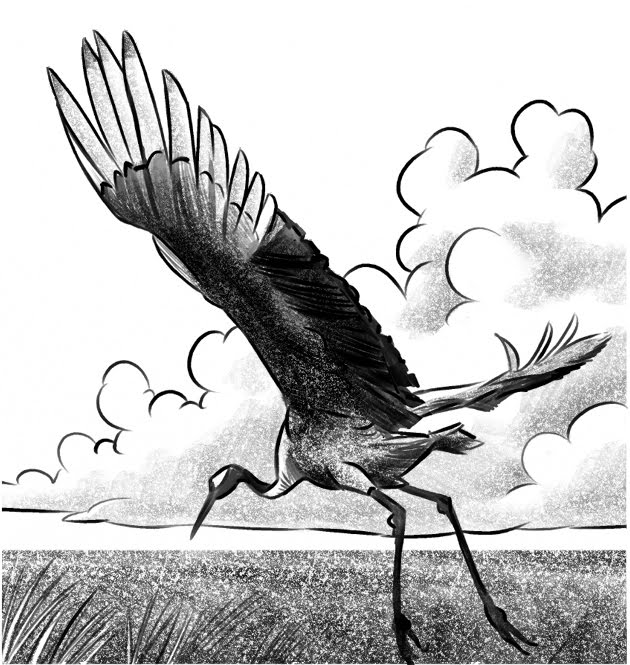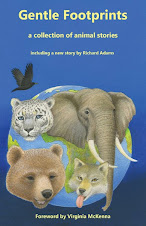Cornwall was once a perfect place for choughs. Its wild, remote cliffs were grazed by sheep, ponies and cattle from many smallholdings, creating vast areas of suitable habitat - choughs need short, open vegetation, as they feed primarily on soil invertebrates which they find by probing the soil with their long beak. They are particularly partial to insect larvae found in cattle dung and the loss of livestock grazing the cliffs as farms became abandoned and agriculture intensified was a major reason for their decline in Cornwall and elsewhere.
The species also suffered at the hands of trophy hunters. There was great demand for chough eggs and skins for natural history collections, while their intelligence and engaging nature made them popular as pets, fuelling their demise.
As their numbers dropped, choughs became even more sought after and, by the 19th century, a decline in the species was being noticed. Their range continued to decrease and, in the early 1920s, a book on birds included the comment that: 'A melancholy interest surrounds the chough, whose black dress, long curved bill and red legs distinguish it from all other birds, it is a species that is going under.'
By 1951, only four birds were seen in Cornwall and, by 1957, just a single pair remained. This couple stayed together for another decade, each year attempting to breed without success. Then, in spring 1968, one bird was found dead, though its mate continued to be seen for another six years. When this last bird disappeared in June 1973 it was at least 26 years old.
The image of this last chough, carrying out its lonely cliff patrols with no hope of finding a mate, was one that haunted many in Cornwall.
One author wrote: 'Those of us who remember its characteristic 'chawk' and recall how it swept around Stem Point on outstretched wings, feel we belong to a race apart - superior beings with a close affinity to ancient gnarled Indians who remember the vast herds of stampeding bison, and skies black with flocks of passenger Pigeons.'
Tomorrow: the return of the chough
Animal Anthology To Raise Funds for Born Free
Bridge House Publishing announce new book coming Spring 2010. For more about Bridge House please see their website.
This book is the annual charity book for Born Free...if you want to get involved with promoting and selling this book- email me!
www.bridgehousepublishing.co.uk
This book is the annual charity book for Born Free...if you want to get involved with promoting and selling this book- email me!
www.bridgehousepublishing.co.uk

Subscribe to:
Post Comments (Atom)





Very interesting post. I saw choughs in Northern Spain Picos mountains- quite high up and really tame they would try and pinch your sandwiches! And we have them in North Wales at South Stack- beautiful bird.
ReplyDeleteDebz :)